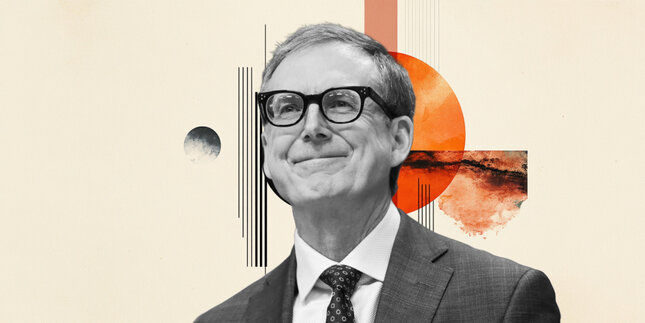Bank of Canada (BoC)
BOC event related news
BOC event related analysis
Big Picture
What is the BOC?
The Bank of Canada (BoC) is the nation's central bank. Its principal role, as defined in the Bank of Canada Act, is "to promote the economic and financial welfare of Canada." The bank’s responsibilities are divided into four main areas:
- Monetary policy: The bank influences the supply of money in the economy, using its monetary policy framework to keep low and stable inflation.
- Financial system: The bank promotes safe, sound, and efficient financial systems within Canada and internationally, conducting transactions in financial markets to support these objectives.
- Currency: The bank designs, issues, and distributes Canada’s banknotes.
- Funds management: The bank is the fiscal agent for the Government of Canada, managing its public debt programs and foreign exchange reserves.
The Bank of Canada (BoC) sets interest rates and manages monetary policy at eight scheduled meetings a year and ad hoc emergency meetings that are held as required. The BoC’s primary mandate is to maintain price stability, which means keeping inflation at between 1-3%. Its main tool for achieving this is by raising or lowering interest rates. Relatively high interest rates will usually result in a stronger Canadian Dollar (CAD) and vice versa. Other tools used include quantitative easing and tightening.
The official website, on X and YouTube
Who is BOC's Governor?
Tiff Macklem was born in Montréal, Quebec, in 1961. He was appointed Governor of the Bank of Canada, effective 3 June 2020, for a seven-year term. He is the tenth governor of the Bank of Canada. As Governor, he is also Chairman of the Board of Directors of the Bank for International Settlements (BIS). He currently chairs both, the BIS Audit Committee and the Consultative Council for the Americas.

Macklem on his BOC's profile and Wikipedia
Interest rates latest news
The world interest rates table
The World Interest Rates Table reflects the current interest rates of the main countries around the world, set by their respective Central Banks. Rates typically reflect the health of individual economies, as in a perfect scenario, Central Banks tend to rise rates when the economy is growing and therefore instigate inflation.
